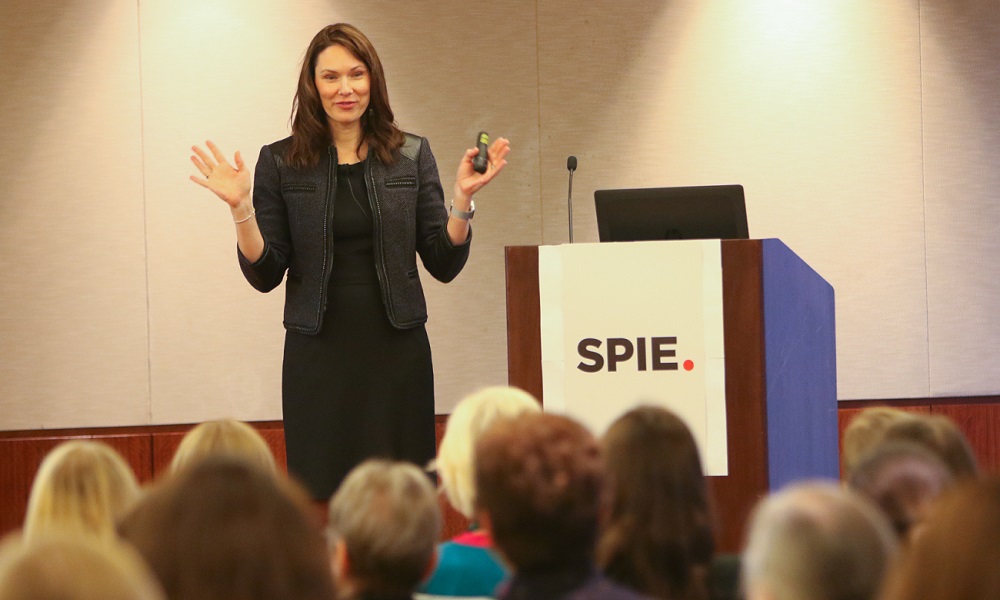Paper 13383-12
Performance analysis of a Hadamard transform spectral imaging system
29 January 2025 • 1:50 PM - 2:10 PM PST | Moscone South, Room 206 (Level 2)
Abstract
Hadamard Transform Spectral Imaging (HTSI) is a multiplexing technique used to recover spectra via encoding with multi-slit masks, and is particularly useful in low photon flux applications where signal-independent noise is the dominant noise source. This work focuses on the procedure that is used to recover spectra encoded with multi-slit masks generated from a Hadamard matrix; the decoding process involves multiplying the output encoded spectral images by the inverse of the Hadamard matrix, which separates any spectra that were overlapping in the target object. The output from HTSI is compared to direct measurement methods, such as single-slit scanning, to evaluate its performance and identify under which conditions it can provide an advantage or disadvantage. HTSI resulted in an increase in the average signal-to-noise (SNR) ratio of spectra when signal-independent noise, such as detector read noise, is present, and has no average net effect when signal dependent-noise, such as Poisson photon noise, is the only noise source present. The SNR of emission lines was found to be greater with HTSI than with single-slit scanning under both signal-independent and signal-dependent noise, and increases as the ratio of read-to-shot noise increases.
Presenter
John Nijim
Rochester Institute of Technology (United States)
John Nijim is a graduate student at the Carlson Center for Imaging Science at the Rochester Institute of Technology. His research is focused on astronomical instrumentation.


